 Are Apple’s new iPhones environmentally friendly? It depends on which rating system you ask.
Are Apple’s new iPhones environmentally friendly? It depends on which rating system you ask.

 Are Apple’s new iPhones environmentally friendly? It depends on which rating system you ask.
Are Apple’s new iPhones environmentally friendly? It depends on which rating system you ask.
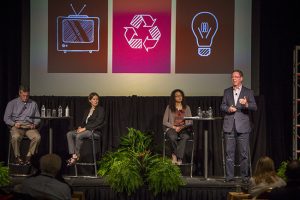 Last Tuesday and Wednesday, dozens of industry experts took to the stage in Orlando to discuss the trends and challenges shaping electronics recovery right now. Here are some of the most compelling pieces of information we took away from those talks.
Last Tuesday and Wednesday, dozens of industry experts took to the stage in Orlando to discuss the trends and challenges shaping electronics recovery right now. Here are some of the most compelling pieces of information we took away from those talks.
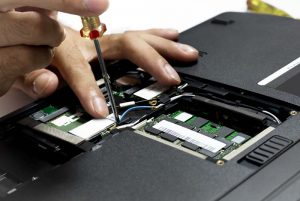 Bolstering domestic markets is a logical way to reduce exports, and that concept is behind a just-announced program that’s tied to an e-scrap certification.
Bolstering domestic markets is a logical way to reduce exports, and that concept is behind a just-announced program that’s tied to an e-scrap certification.
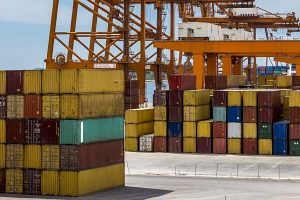 Seven e-scrap entities have been accused of questionable downstream practices by the Basel Action Network, after tracking devices showed they were involved in moving materials that were eventually exported to developing countries.
Seven e-scrap entities have been accused of questionable downstream practices by the Basel Action Network, after tracking devices showed they were involved in moving materials that were eventually exported to developing countries.
![]() The EPEAT sustainable electronics program now includes mobile phones, providing assurance to buyers that the qualifying devices meet certain standards for end-of-life management.
The EPEAT sustainable electronics program now includes mobile phones, providing assurance to buyers that the qualifying devices meet certain standards for end-of-life management.
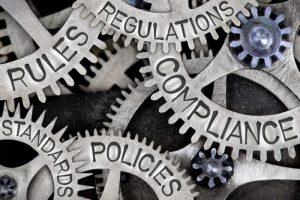 The group that administers the R2 certification has published advice to help certified companies comply with the electronics recycling standard’s requirements.
The group that administers the R2 certification has published advice to help certified companies comply with the electronics recycling standard’s requirements.
Whether you operate a small shredding operation or a larger e-scrap processing facility, safety must be a priority. The subject of safety was explored at an E-Scrap Academy session during E-Scrap 2016 in New Orleans last month.
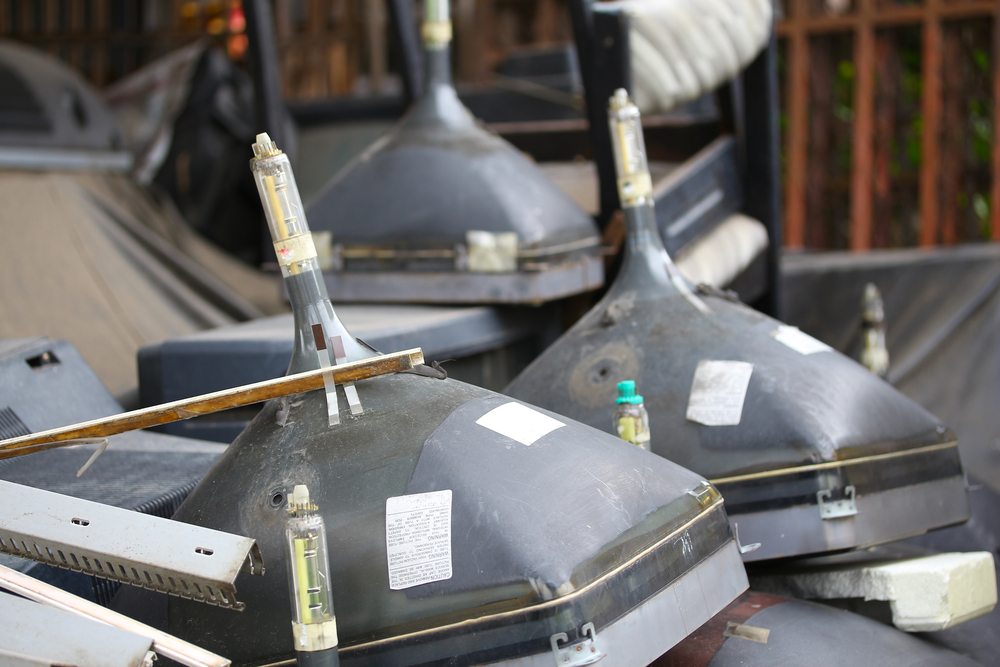 A recent bankruptcy petition and lawsuit from investors highlight the continuing troubles facing closed e-scrap company Diversified Recycling.
A recent bankruptcy petition and lawsuit from investors highlight the continuing troubles facing closed e-scrap company Diversified Recycling.
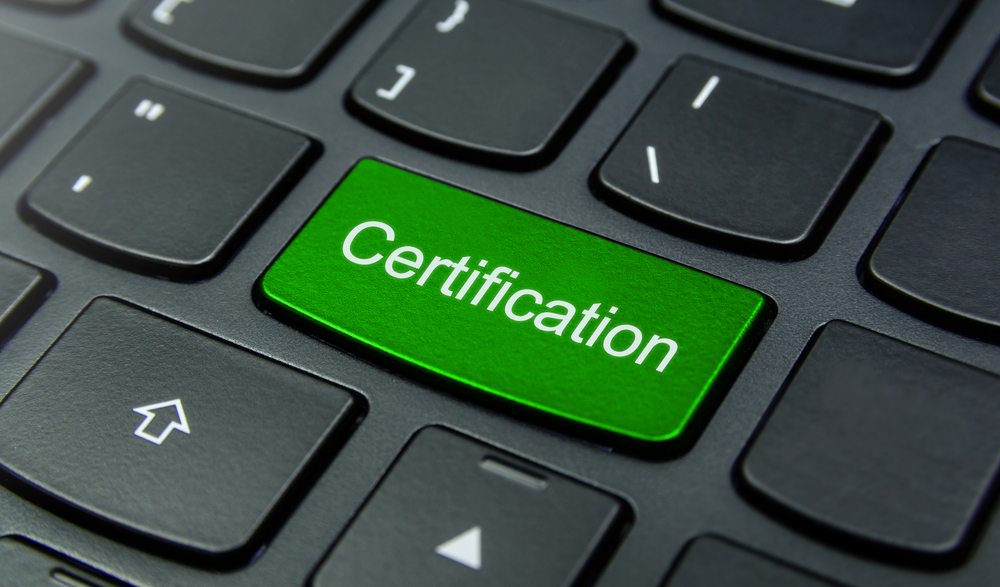 The majority of certified e-scrap processing facilities are located in the U.S., but for both R2 and e-Stewards, there has recently been a notable uptick in international action.
The majority of certified e-scrap processing facilities are located in the U.S., but for both R2 and e-Stewards, there has recently been a notable uptick in international action.
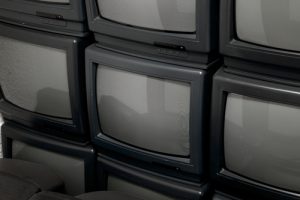 As information comes to light about widespread landfilling of CRT glass in California, electronics recycling standards R2 and e-Stewards are working to determine their next steps.
As information comes to light about widespread landfilling of CRT glass in California, electronics recycling standards R2 and e-Stewards are working to determine their next steps.
